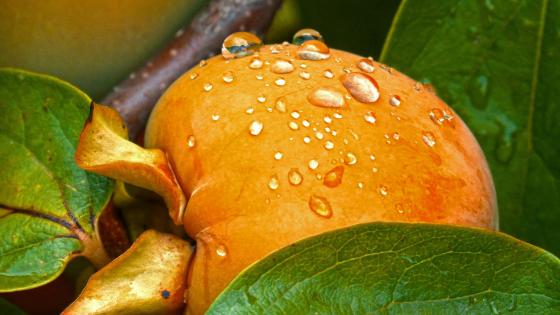
Persimmon
Persimmon
The American or common persimmon, Diospyros virginiana, is a slow-growing, moderately sized tree native to Kentucky. Fruits are about 1 to 2 inches in diameter. Unripe fruit, which are high in tannins, has an undesirable astringent taste. Fully ripened fruit, which are golden orange to reddish and occasionally blue in color, are very sweet. Cultivated varieties may have improved quality and lose their astringency earlier in the fall.
Key Requirements
| Land | Medium |
| Labor | Medium to High |
| Capital | Medium |
Take the HortBizQuiz to see how much Land, Labor, and Capital you have for your operation.
Markets
- Direct to Consumer
- Farmer's Market
-
On-Farm Stands
Pests & Disease
Generally considered free of most pest and diseases, although a few problems have been known to occur. Insect pests include psyllid, persimmon borer, fall webworm, bagworm, hickory horned devil, and twig girdler. Songbirds, raccoons, opossums, squirrels, and deer are some of the animals that will feed on persimmon fruit.
Costs and returns are presented as estimates. They will vary based on your farm and markets.
Costs and returns are presented as estimates. They will vary based on your farm and markets.
Challenges
- Producers marketing persimmons should include information about storage, ripening, and use as many consumers are unfamiliar with the crop.
- Require a long period of time for the fruit to ripen.
Opportunities
- Can be processed and the pulp sold as a frozen product.
- A very adaptable tree that can survive on everything from poor sites to river bottoms, and from partial shade to full sun.